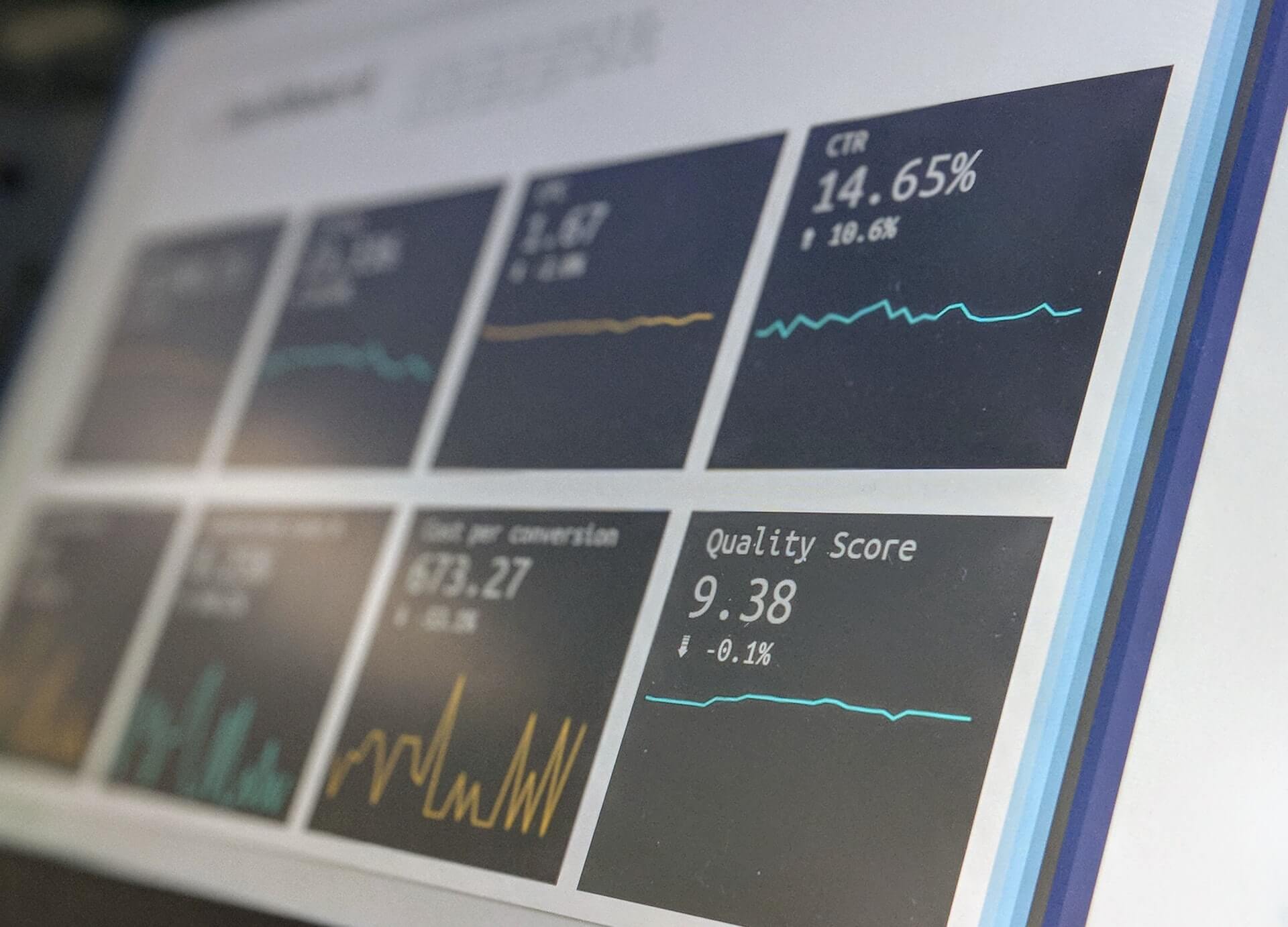Decisions… decisions...decisions… we make them constantly, but knowing exactly what decisions to make and at what time can often be tricky, to say the least. This is especially true in the world of product management, where data-driven decision-making has become essential to the long-term success of a product.
PMs are required to make difficult decisions all the time when building products. Decisions that encompass the fundamental understanding of a problem and how exactly to go about solving it.
This is of course an iterative process, therefore the use of data is critical in creating opportunities to bolster product strategy decisions, foster new ideas, and ultimately, craft a stronger experience for users.
This article explores how PMs can be more data-driven to ensure success when making key product decisions.
Key talking points include:
- Why being data-driven matters
- Define where you want to go
- Support quantitative data with qualitative analysis
- Treat everything as an experiment
- Always set success criteria
- Data needs to be a priority
Why being data-driven matters
When it comes to making changes to or improving a product, gaining a better understanding of the data is hugely important, and being able to monitor this on a day-to-day basis is essential.
The data doesn't always have all the answers, but it can be an immensely powerful resource, which when leveraged correctly can help with:
- Developing a greater understanding of your product’s user base and what they find most important.
- Accurately measuring the progress of your product, while tracking its health.
- Determining the continued success of your product way after launch.
As a PM, you need to understand whether or not your product is actually successful, and how different changes can affect it. Having a strong understanding of the data you have access to and how to accurately interpret it, will allow you to continually refine your product.
“You can have data without information, but you cannot have information without data”
Daniel Keys Moran
A steady stream of data will enhance the decision-making process, and help you make product choices based on fact as opposed to instinct. If you’re building a brand new product in a new industry this is even more important. As you reach out and move forwards into the unknown, the more facts you have at your fingertips, the better.
The benefits of being data-driven as a product manager
- Improve cross-functional communication - many product teams work cross-functionally, so being able to share data is a massive advantage. It can act like a shared language that fosters better communication for collaboration and ideas.
- Fully optimize your time - understanding your data will vastly improve time management throughout the product roadmap journey, as you’ll be able to effectively priortize by differentiating the urgent tasks from the not so urgent.
- Know your users - you need data knowledge to really understand your users. Their behavior can dictate your decision-making, and data can allow you to understand their pain points, where they’re dropping off, and so much more.
- Align stakeholders and product teams - data doesn’t lie, so it’s the ideal way to get teams and stakeholders aligned on the same clear product vision. For example, you can demonstrate the numbers to show someone important why certain features should be implemented or not.
When it comes to leveraging data, it can be difficult to know where to begin. So, we’ve got some strategies here for how you can become better at utilizing data to drive product-led growth strategy decisions...
Define where you want to go

You need to focus on how you’re moving forwards towards specific business goals, this can help you to determine if you’re currently measuring the right metrics that help you see the progress you’re making towards these goals.
Of course, you have to define your goals first, and a good way to do this is to focus on your overall product vision. This vision will ultimately determine where you want to take your organization, and once you’ve clearly defined the overall product vision, you can then set up the metrics you need to track the progress you’re making.
You’ll need to utilize KPIs which will serve as specific indicators as you make progress towards your metrics. Sure it’s not easy to get started on this journey, but once you’re set up, you’ll help change the culture of the entire org. Tracking the right metrics and KPIs will not only make things easier in terms of seeing how you’re getting on with the product journey, but they’ll also allow for any changes in direction along the way.
Support quantitative data with qualitative analysis

PMs often utilize some form of quantitative data, such as A/B testing to help with the decision-making process. However, it’s worth keeping in mind that this type of data is behavioral and represents what users are doing. It doesn’t demonstrate why they are doing certain things and why they’re making specific decisions.
This is why it’s not good to assume quantitative data will give you everything you need to make the best product-led decisions. Instead, you should support your quantitative data by supplementing it with qualitative data analysis.

Understanding your user base is a key foundational aspect of building your product and finding your product-market fit. And your qualitative data analysis can take the form of conducting interviews with users, gathering feedback, observing users, and developing that in-depth understanding of their needs.
“In-depth interviews with users are extremely valuable as you can ask them to share detailed sentiment on how they use the product, what problems it solves, feature gaps that exist, and how your offering compares to the competition. The ability to probe around these and other important topics can prove profoundly revealing.” says Evan Klein, founder of customer experience firm Satrix Solutions.
The data you collect both qualitatively and quantitatively should highlight what you need to focus on next, whether problems are currently being solved, and give you the insights you need to build roadmaps and make better product decisions. Supporting quantitative data with qualitative analysis can help to humanize the data and create a much stronger UX, and a more optimized product.
Treat everything as an experiment

As a PM you can optimize your rate of learning through consistent experimentation. Treating everything as an experiment will push you to utilize data for every decision, as you’ll gather more knowledge faster.
Being consistently experimental will allow you to test out a hypothesis based on quantifiable metrics. You’ll be more agile, through testing and measuring the quantifiable impact and effectiveness of a feature while shifting your thinking to remove bias from the decision-making process.
Experimentation using data can be a highly effective approach for focusing on solving problems for users. It can be applied across the entire product lifecycle, from seeing what the overall impact of a new feature will be to deciding on the right parameters for putting a new model in place. It can also help to facilitate a growth mindset, enabling you to take a science-like approach to build a product that fulfills a certain goal, whether that be a specific product objective or an overall organizational goal.
Always keep the why and the objective of your experiment in mind in order to create a product that users will enjoy.
Always set success criteria

Sounds simple, but setting success criteria on every release and every process change can be hugely effective. This will help you identify what tracking you need to put in place right at the start of the product development process.
Doing this will also allow you to really see whether the project you’re about to start is going to be worthwhile, to begin with. It’s a simple and subtle shift, but one of the most effective steps you can take to start being more data-driven.
Data needs to be a priority

Being data-informed is critical to successful product management, and will always lead to better products that fully meet the needs of users. Data needs to be a priority not just for product teams but at every level of the organization. When you combine data from across the entire org, you’ll take decision-making to a whole new level and accelerate an effective data-driven culture.
Keep in mind though that even if you have a large amount of data, it doesn’t necessarily mean you have the right data. This is why it’s important to analyze, test, and interpret accurately. Even in an increasingly data-driven world, never underestimate the importance of the human element - you and your users.
Utilize data to inform your gut instincts with more evidence, but trust yourself to make the right decisions based on the key information you have available.
How are you being more data-driven as a product manager? We’d love to hear about your strategies and tactics - let us know by joining thousands of product pros in our Slack community.
Start uncovering more of the "why", to help inform the "how" by transforming the way you, your team, and your organization approach measurement and metric development.
Get PLG Metrics Certified. 👇
Dive into 5 comprehensive modules and learn all about:
🛠 Developing metrics that tie back to your core objectives.
🔍 Clearly demonstrating your team's success.
🚀 Providing timely, measured, and impactful feedback.
⚙️ Producing deliverables for your product development process.



 Follow us on LinkedIn
Follow us on LinkedIn



